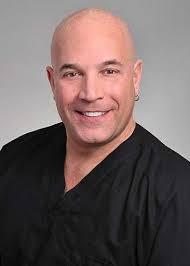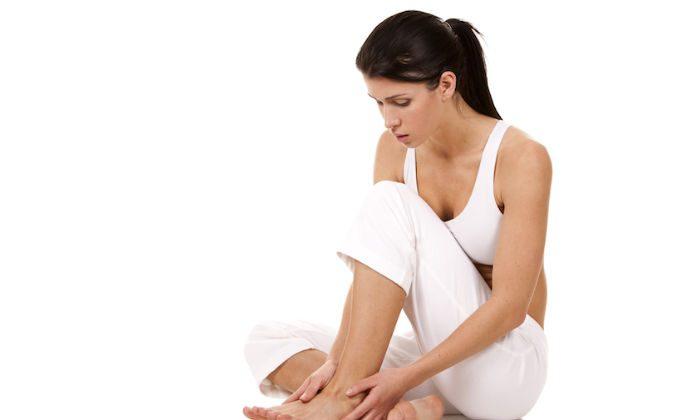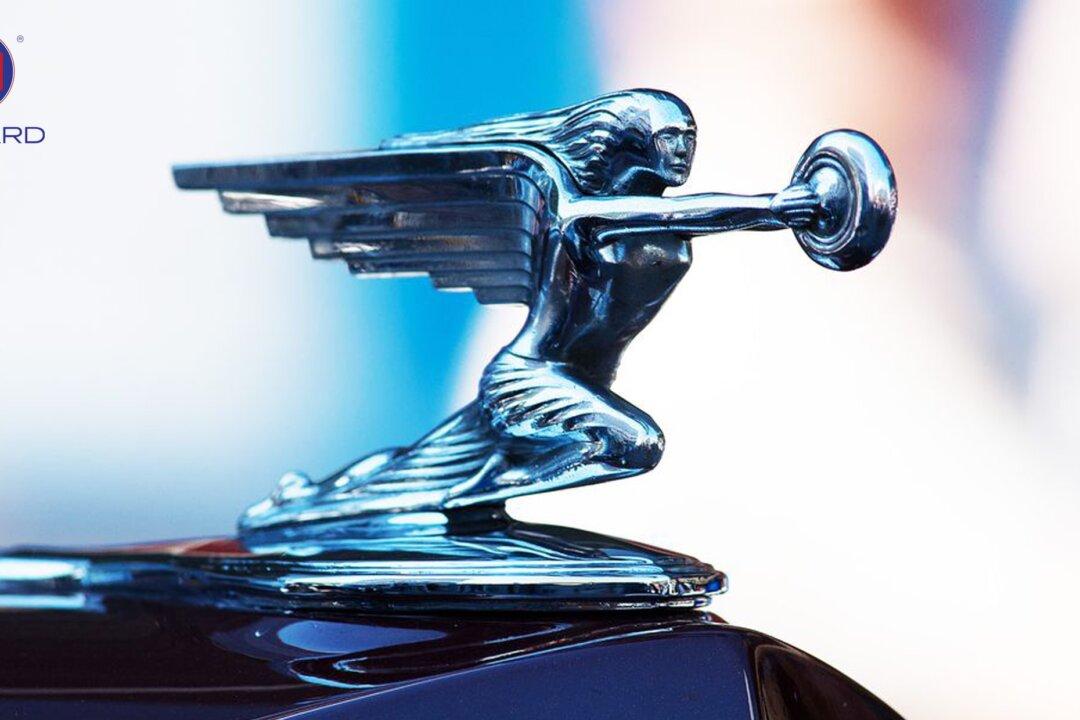By Dr. Herbert Abbott
On average an adult in the United States takes approximately 6,000 steps per day, while we New Yorkers lead the nation with close to 9,000. And those aren’t just walking steps. Many New Yorkers are up early running along the FDR, or are at the gym after work, kickboxing or taking Zumba classes.
While, more and more of us are using apps on our cell phones to count steps, distance walked, and calories burned, most people never consider the toll these activities can take on their feet.
That is, until their feet start to hurt.
When patients come to my office, the most common line I hear is they did not realize how important their feet are until they became painful. Heel pain is one of the most commonly treated problems in my office.
What It Feels Like
When patients complain of heel pain, the most common symptoms are extreme discomfort when they first get out of bed in the morning, or when they get up after sitting for at least 15 minutes.
The pain often subsides after they spend some time on their feet, but it can return if they stay up too long.
It can feel like a stabbing, shooting pain, or an abnormal pulling, and many people experience tingling, burning, and even numbness on the inner and outer edges of their heels.
Causes and Fixes
Heel pain can come from many causes, including a stress fracture, tendonitis, arthritis, nerve irritation or entrapment, or even a cyst.
But most of the time, it is a problem with a soft tissue structure called the plantar fascia, which supports the entire arch of your foot.
Imagine this tissue is like a rubber band that is attached at one end to the bottom of your heel and to your toes at the other end. If the rubber band is too tight or not long enough, which can happen due to many factors, it will become inflamed and pull abnormally. Tiny tears or a fluid filled area (called a bursal sac) can also cause pain in the plantar fascia.
Several factors come into play with plantar fasciitis, including excess weight, a tight Achilles tendon, and biomechanical issues such as overpronation, commonly referred to as “flat feet.” It is not uncommon for these patients to also complain of ankle, knee, and back pain as well.
So what fixes heel pain?
Treatments for heel pain include stretching exercises, ice, heel pads, orthotics, night splints, oral anti-inflammatory medication, padding and strapping, injections with cortisone or a sclerosing agent, and physical therapy. In most cases, the pain will resolve within several months.
However, there is a certain percentage of patients who do not respond to conservative treatment, and for those, there are minimally invasive corrective and surgical treatment options.
One procedure, HyProCure, is often helpful for patients who have heel pain in addition to ankle, knee, or back discomfort. It involves placing a small titanium stent in the sinus tarsi, a canal above the heel bone and below the ankle, to stabilize the ankle joint. The procedure is short, and patients are able to walk the next day.
Another procedure that works when the plantar fascia is too tight is a minimal incision fasciotomy on the foot. A fasciotomy lengthens the tight rubber band by cutting the fascia. It is very quick, often taking less than a minute, and patients are able to sleep peacefully through it or watch the procedure with real-time X-rays on a monitor.
The nice part about the minimal incision fasciotomy is that patients are able to wear their own shoes immediately afterward.

Dr. Herbert Abbott is a board-certified podiatrist, surgeon, and medical director of a Joint Commission-certified, office-based surgical center in NYC. Dr. Abbott lived in Europe and lectured nationally and internationally. He specializes in minimally invasive approaches to permanently removing callouses and correcting heel pain, bunions, and hammertoes. His office provides services in Spanish, Russian, and German.
NYC Foot & Ankle Center
220 W. 98 St., Suite 1-K
New York, NY 10025
212-663-3668






